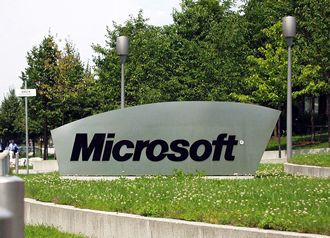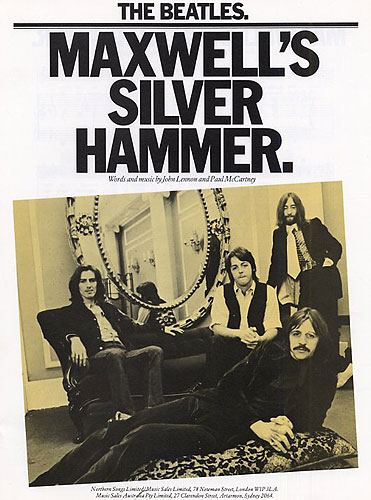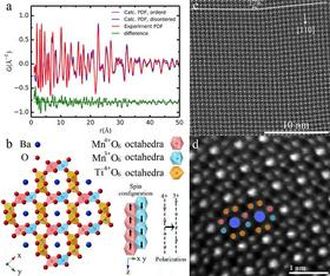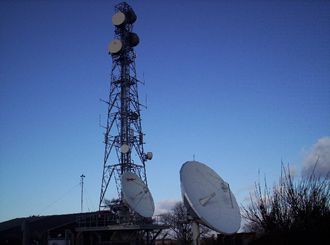 Tsar Vladimir Putin of Russia is envious of the fact that President Barak Obama can flick a switch and turn off the internet.
Tsar Vladimir Putin of Russia is envious of the fact that President Barak Obama can flick a switch and turn off the internet.
Apparently the Kremlin is to discuss taking control of the .ru domain and measures to disconnect Russians from the web in the event of a serious military confrontation or big anti-government protests at home.
Putin will discuss what steps Moscow might take to disconnect Russian citizens from the web “in an emergency”, the Vedomosti newspaper reported.
It means that it would strengthen Russia’s sovereignty in cyberspace, but also bring the domain .ru under state control.
Putin controls the TV and the country’s newspapers, but has left the internet as an open place for discussion. At the moment it is policed by state-sponsored bloggers and Putin fans.
The move seems to come as Putin is squaring off against Western media which it thinks is unfair in its coverage of the invasion of the Ukraine. Apparently Putin is furious that the Western media does not agree with his decision to arm Russian nationalists so that they can shoot down passenger jets or refuse to print his claim that the Ukraine government are really Nazis.
Of course the fact that the Russians beat up a BBC team that went to investigate reports of Russian servicemen killed in Ukraine does not really endear him to the Western hacks.
According to Vedomosti, Russia plans to introduce the new measures early next year. Russia has mooted building a “national internet”, which would in effect be a domestic intranet. These proposals go further, expanding the government’s control over ordinary Russian internet users and their digital habits.
It would be technically possible for Moscow to shut off the internet because Russia has “surprisingly few” international exchange points. All of them are under the control of national long-distance operations, like Rostelecom, which is onside with Putin.
Putin is popular but the economy, which is already teetering on the verge of recession, is reeling from ever more stringent Western sanctions over Moscow’s alleged support for separatists in eastern-Ukraine.
 Gizmo firm Apple claimed it sold over 10 million iPhone 6 and iPhone 6 Plus phones in the three days after it was launched by CEO Tim Cook. (pictured)
Gizmo firm Apple claimed it sold over 10 million iPhone 6 and iPhone 6 Plus phones in the three days after it was launched by CEO Tim Cook. (pictured)


















